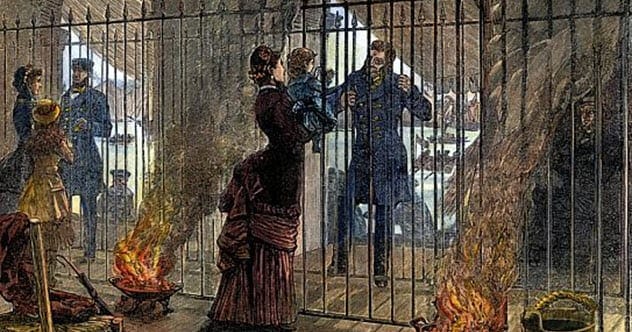As of today, a significant portion of the world’s population has experienced some form of quarantine, lockdown, or restriction. The COVID-19 pandemic has left a lasting impact, influencing everything from home designs to television shows. But quarantines aren’t new. Throughout history, they’ve shaped cultural, scientific, and political landscapes. Let’s explore some fascinating facts about quarantines.
The Origin of the Word ‘Quarantine’
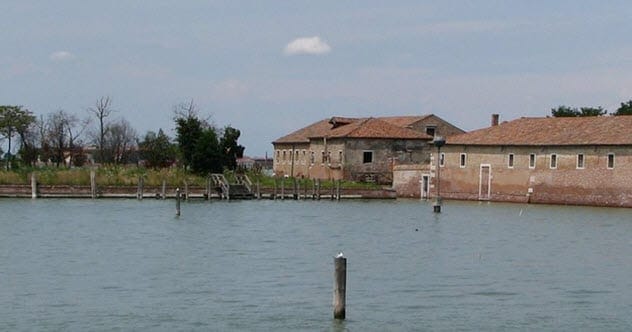
The word “quarantine” originally referred to a period during which a potentially disease-carrying ship was isolated. It emerged in the 17th century from the Italian expression quaranta giorni, meaning “40 days.” This term arose during the bubonic plague outbreak, which decimated Europe. In 1377, the Republic of Ragusa (now Dubrovnik, Croatia) mandated a 30-day isolation period (trentino) for ships from plague-affected areas. Eventually, this was extended to 40 days (quarantena). Today, “quarantine” encompasses various measures, including isolating infectious individuals, issuing health bills to ships, and implementing sanitary cordons.
The Two Quarantine Flags

Governments understand that epidemics impact economies across sectors. Throughout history, coordinated disease-control strategies have included the use of quarantine flags. The first recorded use of a quarantine flag dates back to the 18th century. These flags signaled that incoming sea vessels were free of infectious diseases. The current quarantine flag is the black-yellow international signal flag, LIMA (also known as Yellow Jack). Vessels under enforced quarantine must fly this flag. A plain yellow flag indicates a request for “free pratique”—permission to enter a port, signaling the vessel is free of known quarantinable diseases.
The Bible Enumerates Guidelines for Quarantine

The Bible contains early references to quarantine. The Book of Leviticus, likely written in the sixth century BC, outlines procedures for preventing epidemics under the Mosaic dispensation. It commanded that infectious individuals be quarantined until priests declared them healthy.
Leviticus 13:4-5 states:
If the shiny spot on the skin is white but appears to be only on the surface and the hair has not turned white, the priest will quarantine the person for seven days. On the seventh day, the priest will examine it again; if, in his judgment, the sore is the same and has not spread, the priest will keep him in quarantine for another seven days.
Such “case laws” addressed real-life scenarios, covering the handling of infected bodily secretions, contaminated clothing, sick houses, and epidemics.
The Apollo 11 Astronauts Were Quarantined

NASA implemented strict quarantine measures for the Apollo 11 astronauts. After the mission, there was concern about potential “Moon germs” infecting Earth’s population. After the Apollo 11 capsule landed in the Pacific Ocean on July 24, 1969, the astronauts were met by a naval crew. The crew provided them with biological isolation garments and moved them to a Lunar Receiving Laboratory, where they were isolated for three weeks. This procedure was eventually scrapped after the Apollo 14 mission due to the lack of evidence of life on the Moon.
Quarantine of People with Strange Variations of a Disease

Historically, individuals with unusual forms of a disease have been quarantined, even without an outbreak. One notable example is Mary Mallon, known as “Typhoid Mary,” who infected over 50 people with typhoid fever, resulting in at least three deaths. Due to her highly infectious state, she spent over 25 years in quarantine until her death. The term “Typhoid Mary” now refers to someone who transmits something harmful.
The Genius That Emerged Thanks To Social Distancing

During the bubonic plague in 1665, Cambridge University closed, prompting Isaac Newton to return home. In his 18 months of isolation, Newton developed the foundations for calculus, explored optics, and formulated the law of universal gravity. His discoveries during this quarantine period became the basis for his greatest scientific innovations.
Enter King Lear And Dr. Frankenstein
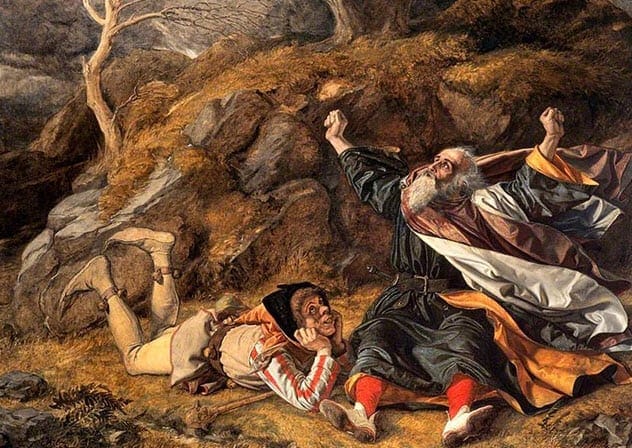
Quarantines have inspired artistic achievements. William Shakespeare wrote King Lear and Macbeth during the 1606 quarantine. In 1816, during a cholera epidemic, Mary Shelley conceived the idea for Frankenstein, helping to launch the horror fiction genre.
Governments Have Fled Previous Outbreaks And Isolated Together
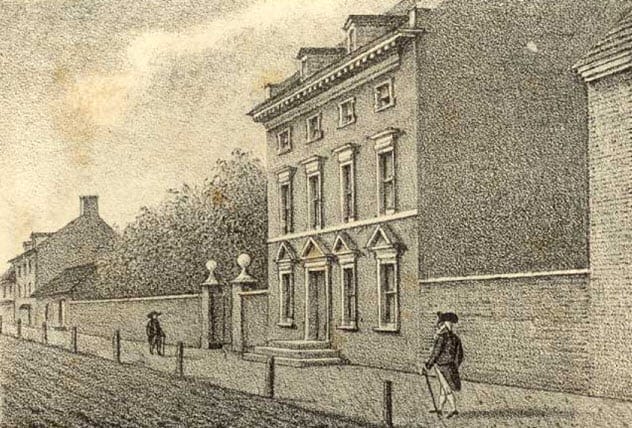
In 1793, during a severe yellow fever outbreak in Philadelphia, President George Washington and the federal government left the city. Similarly, King Charles II of England fled London for Salisbury in 1665 to escape the Great Plague, later relocating to Oxford.
The Effectiveness Of Quarantines Has Been Debated

The ethics and effectiveness of quarantines remain debated. During the 2003 SARS outbreak in Canada, Toronto was placed under quasi-quarantine. Some studies suggested that public health officials should have focused on contact tracing instead. During the 2014 Ebola outbreak in West Africa, some US states quarantined returning health workers, sparking criticism.
The Island Of Death
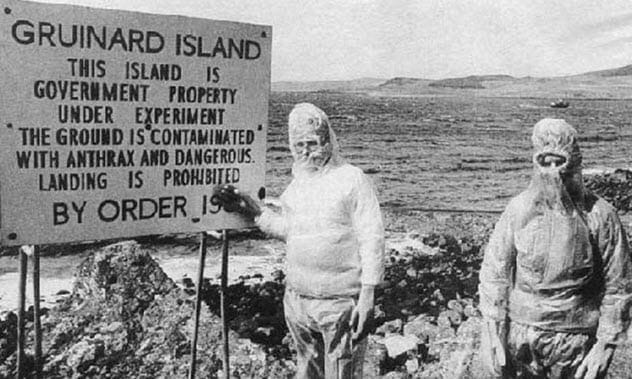
Gruinard Island in Scotland has a grim history. During World War II, British forces tested anthrax as a biological weapon there. The island became uninhabitable and was quarantined for 48 years. Decontamination efforts led to its safety being announced in 1990, and the warning signs were removed.
Quarantines have played a significant role in shaping human history, influencing everything from language and literature to scientific discovery and governmental actions. While their effectiveness continues to be debated, their impact is undeniable.
What do you think about the history of quarantines? Share your thoughts in the comments below!


